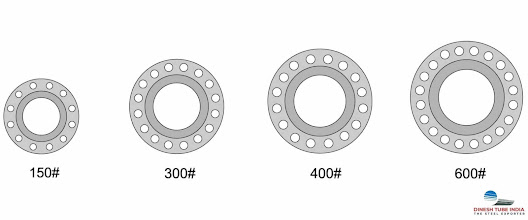Difference Between Socket Weld and Butt Weld
The pipe is inserted into a recess at the joint, and there is no need to bevel the pipe ends or prepare the materials except to ensure they are clean. For butt welds, the fittings must be the same thickness as the pipes. Socket welding differs greatly from butt welding
Pipe flanges, fittings, and valves have different interface types: butt weld versus socket weld, for example. Welding can be divided into two types: socket welding and butt welding. Despite the fact that these two options appear to have their own pluses and minuses, you may be unsure which is best for your development project.
What is socket weld?
A socket weld flange joins pipe fittings such as reducers, tees, and elbows with pipes. In socket weld joints, the pipe is permanently attached to the recessed region by a socket weld flange. In this way, socketweld pipe fittings are connected.
In corrosive fluid service, socket weld Flanges are problematic due to crevice corrosion. Corrosion is easily caused by the discontinuity in the smooth weld pipe fittings internals. Butt welding offers excellent strength, fatigue resistance, corrosion resistance, and temperature compliance.
Pros of SocketWeld
It does not require bevel ends
Easy to install and maintain
Low cost
Low welder skill required.
Cons of SocketWeld
Not suitable for pipes of large diameters
Leakage risk is present
Volumetric NDE examination not feasible
Low strength joint
What is Butt Weld
When butt welding, two pieces of metal are placed end-to-end without overlapping and Socket welded together. Butt joints must have the surfaces of the workpieces to be joined on the same plane, and the weld metal must stay within those planes.
Differences Between Socket Welding vs Butt Welding
1. Diameters
Pipes with small diameters are usually welded with butt welding, whereas pipes with large diameters are welded with threaded welding or weld socket welding.
2. Ends
To fill the welding bead, the end should be bevelled from 30° to 37.5°. When socket welding, there is no need for a bevel, and the part can be directly welded.
3. Welding seams
What socket welding seams are fillet welding seams. Butt welding seams are butt welding seams, and the requirement for butt welding is high.
4. Non-destructive testing
Penetrant testing and magnetic particle testing are non-destructive methods for socket welding. Penetrant testing is used for stainless steel parts, and magnetic particle testing is used for carbon steel parts. A 100% ray inspection is conducted on the butt welding.
5. Design
A butt weld requires more skill and effort from a welder. By design, socket weld flanges are fillet welds. There are specific applications for butt weld flanges that differ from socket weld flanges.
6. Inspection Cost
Butt welds are usually inspected by surface and volumetric methods, again more expensive than socket welds.
7. Applications
Socketweld fittings are around half as strong as buttweld fittings. Usually, socket welding is used for small bore or NPS 2 piping.
8. Price
A socket weld fitting of similar size usually costs more than a butt weld fitting. The cost of welding installation is higher due to labour costs and the need for skilled socket welders.
For more information visit
https://thesteelexporter.com/difference-between-socket-weld-and-butt-weld/
#steel #metal #thesteelexporter #pipe #tubes #fittings #socketweld #buttweld




Comments
Post a Comment